|
A New Approach to Teaching Violinists Vibrato Using "Cello" Position If you are like me, then vibrato has not been the easiest thing to learn, teach or practice. Occasionally, I have had a student figure out the coordination and pivot points of vibrato in a matter of weeks but that is the exception and not the norm. For most of us, the skill of vibrato seems to have a particularly long and jagged learning curve. Further impacting this is that the beginning stages of vibrato feel so awkward that it discourages students from following up their assignments during home practice delaying the development of this skill. I don't claim to have any magic wands to substitute for daily practice, devotion and desire - these things are all part of the process and have to be intrinsically motivated. I do however have an approach to teaching vibrato that may help unlock this skill for some of the violinists on this newsletter list. Over the years of teaching, playing and working thru overuse injuries, I often reflected on how unnatural playing the violin is - we defy gravity by holding it up and then make it asymmetrical by putting it on the side. It occurred to me that the reason vibrato is taught much sooner to cellists than violinists is that cello players do not have these 2 issues opposing ergonomic body movements. With a few adjustments, we as violinists can replicate this symmetry and work with gravity by sitting down and starting our vibrato exercises in "cello" position. If you are struggling to master your vibrato or dissatisfied with your teaching protocol or just in love with learning, you may benefit from the approach to teaching vibrato using "cello" position demonstrated in more detail on this video. Also included in this video is a successful way to relay vibrato skills to younger students using the power of story telling so they can be independent and accurate in their home practice. Are you seeking more support in your home practice routine or more tools in your teaching toolkit? Be sure to check out my video/blog post and free PDF download 15 Ways to Optimize Violin Practice HERE.
6 Comments
If you have followed this project for a while you may know that one of the most profound things I ever did in my teaching career was to spend a week watching my students practice. You can learn more about what I discovered and how it was arranged here on The Practice Experiment. The 15 Ways to Optimize Violin Practice list and correlating video was created as a response to watching my students practice. Too often students were working hard but not progressing as far as they should because they were not practicing the right way. This list and video will help any violinist make better use of their practice time and reach their goals more efficiently. Teachers - you can use this to better support teaching technique, as a reference to share with your students and for professional development to expand your skills. Students - you can use this to help you practice more efficiently. Practicing smarter will help you progress faster. My passion is taking my 20+ years of teaching experience and helping you know the fastest path to success thru the trials and errors I had working with students these past 2 decades. Parents of young musicians - I know that one of the hardest jobs for you is keeping momentum in your home practice routine. Peruse the ideas on 15 Ways to Optimize Violin Practice and use the appropriate ones for your child to help keep practice creative, fresh and engaging with some new ideas. Print out the list below and keep in your violin folder as a reference. Please note, some things on the list may not be clear to you until they are demonstrated in the accompanying video. Scroll down to download this PDF
Almost everyone wants to play a musical instrument but the biggest hurdle is finding the key to unlock the discipline for a daily practice routine. In this blog post and correlating short video, I share my favorite practice advice and you will learn 3 things to help you unlock your practicing success. Learn: 1- The magic power to this simple advice: You don't have to like something to do it. 2- What comes & goes in life and why this matters. 3- The three things that practicing your instrument is really for:
What is your favorite practice advice? Please let us know in the comments below - Thanks! There is ONLY one way to know what your students are doing at home... I spent 1 week watching my students practice and it was one of the most profound things I have ever done in my teaching. I believe that if more teachers did this then we would be able to help more students reach higher levels in their violin playing. In this video and correlating blog post I explain how I organized a week of watching my students practice and why this was such a powerful use of time. How I organized this: The week prior to watching students practice I had told them to expect something very different at their coming lesson but I did not say what it was since I wanted to observe them in their "natural practice state" as much as possible. I was hoping to avoid students preparing for this observation since it would not be an honest representation of their work and defeat the purpose. On the following week I brought my computer to my teaching studio and reorganized the space so I could sit at my desk. After explaining that I would be observing them practice, I was silent and typed up a personalized report for each student while they showed me how they practiced. We reviewed the report together at the next week of lessons and went over suggested modifications to their practice routine. It was a heart-felt but shocking and humbling week. I was touched by the loving interactions between parent and child but I was truly shocked that only about 20% of my students actually followed their practice notes (I create a personalized lesson sheet for each student to help us stay organized). Also, I was humbled that after 20 years of teaching and priding myself on being highly organized that so many of my students were not clear on: 1- What was actually expected of them. 2- How to execute the specific teaching points by themselves even after covering in repetition at their lesson I also have always assumed that if something was not accurate then the student would isolate the issue and create a practice spot out of it. I was wrong on this because over and over again I heard my students plow over obvious inaccuracies in their interpretation ((((((Deep Exhale from Me)))) The other part of this humbling lesson is that I had first heard about doing this years ago but delayed implementing it. I regret this because had I done this in past years my students would absolutely be having a higher success outcome with their efforts. I will know at the end of April if I am accepted into nursing school. If so then this will be my final 9 weeks of violin teaching from a 20+ year career. Better late than never but hopefully by passing this along here you can carry the torch and watch your students practice to best serve them and nurture their gifts. The following is an extreme statement but I think the sentiment will be heard: It DOES NOT MATTER how great of a teacher you are and it DOES NOT MATTER how talented your student is. IT MATTERS how they interpret the lesson information and practice in their own space and time. The only way to check in on this is to actually watch them practice. We want to hear from you and know how you help your students reach their highest potential.
Please add to this conversation by sharing a comment on the blog or youtube videos. |
AuthorHi! It's me, Heather. I absolutely love working on the Music for Young Violinists project and all the many facets: blogging, website, music, teaching materials, freebies, videos, newsletter and giveaway contests. The best part is connecting with you so feel free to drop me a line. You can learn more about me on the "ABOUT" page. Thanks! Archives
January 2018
Categories
All
|
||||||

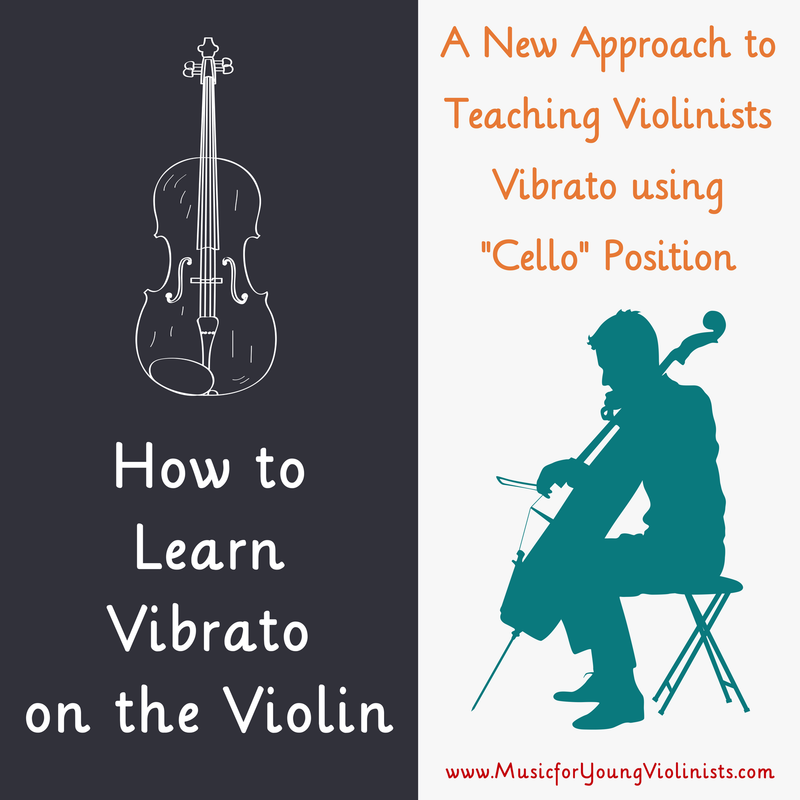
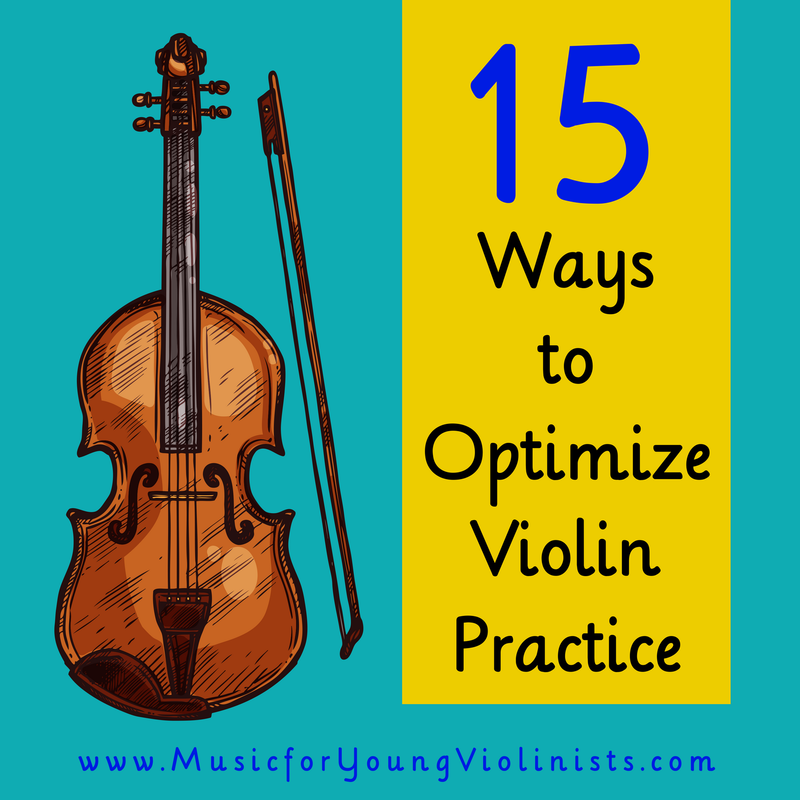
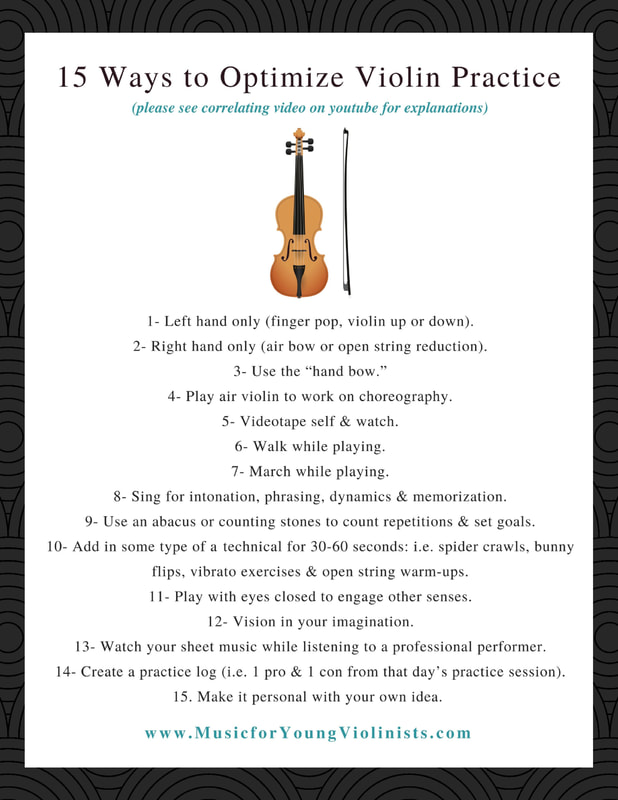
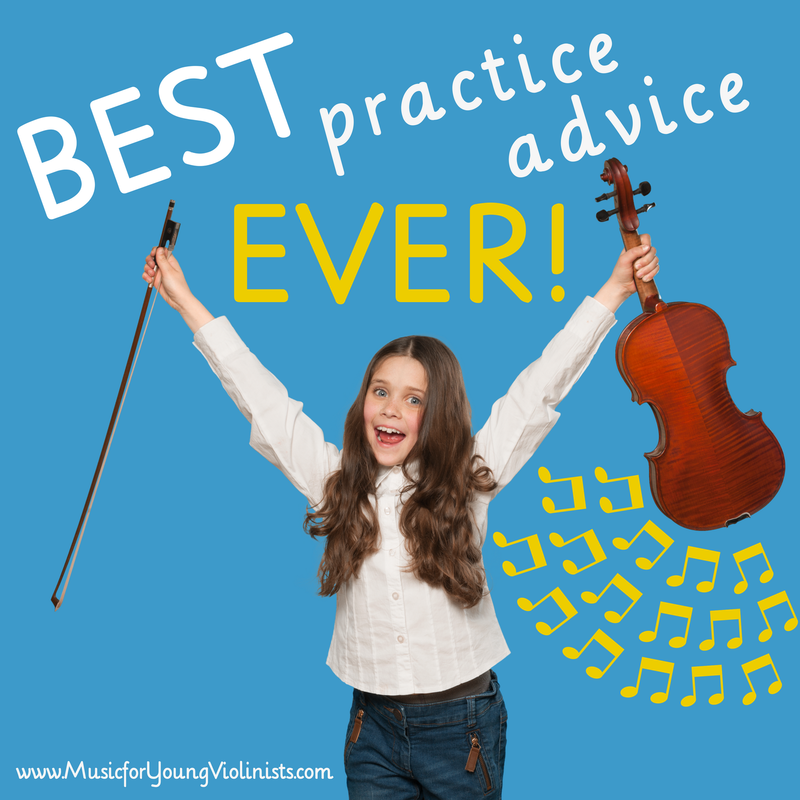
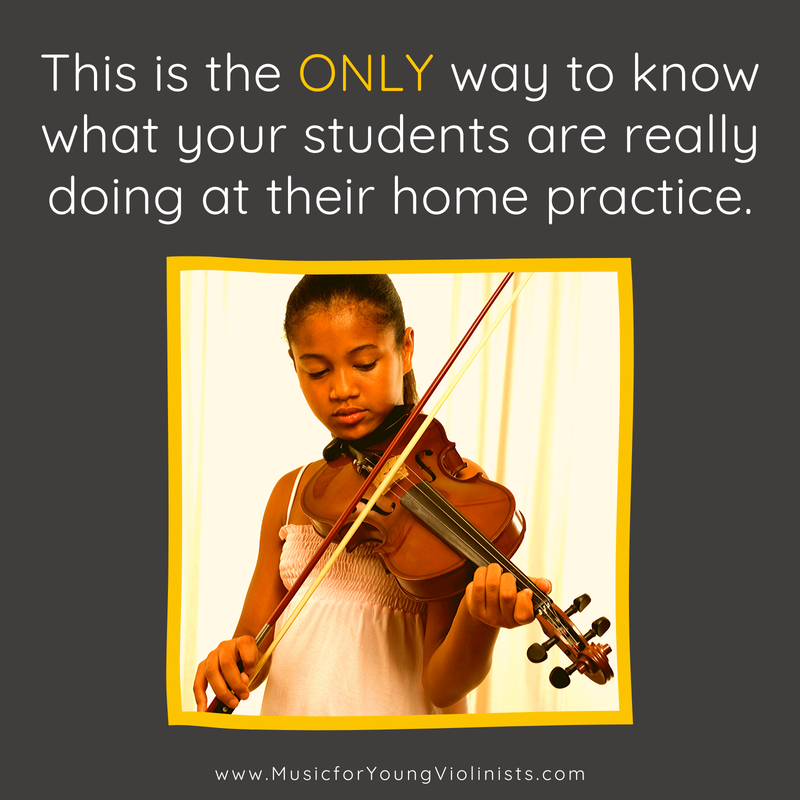
 RSS Feed
RSS Feed
